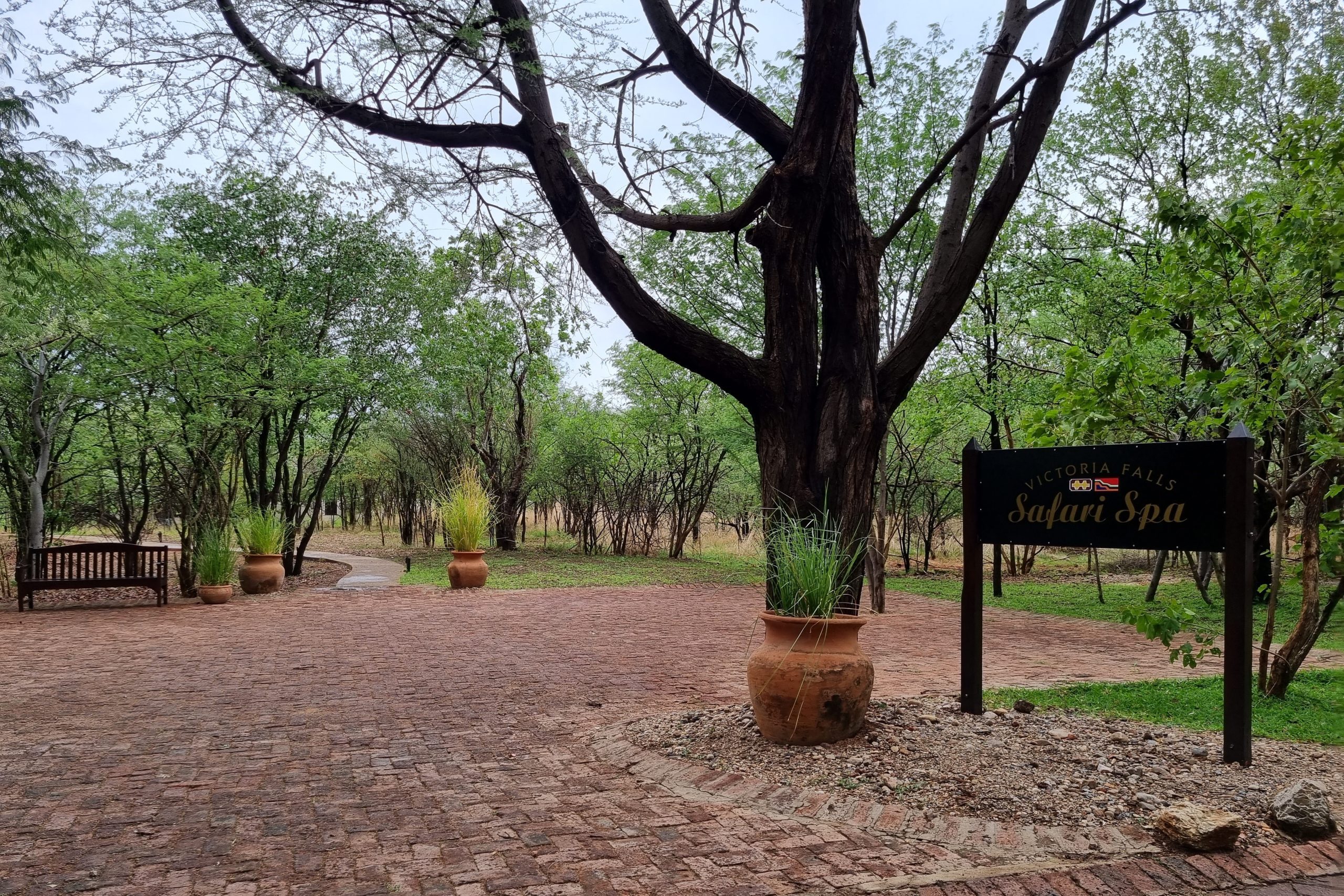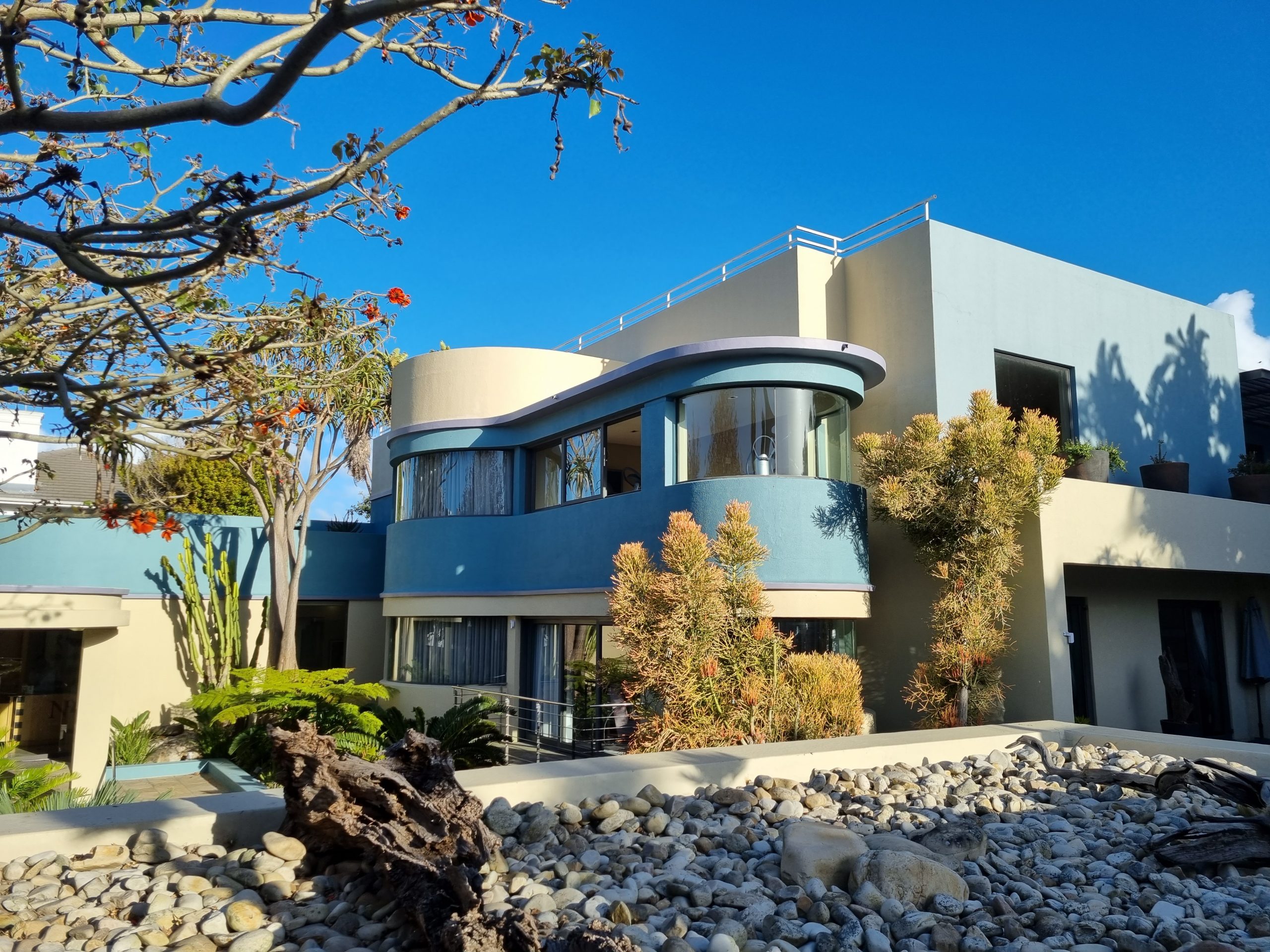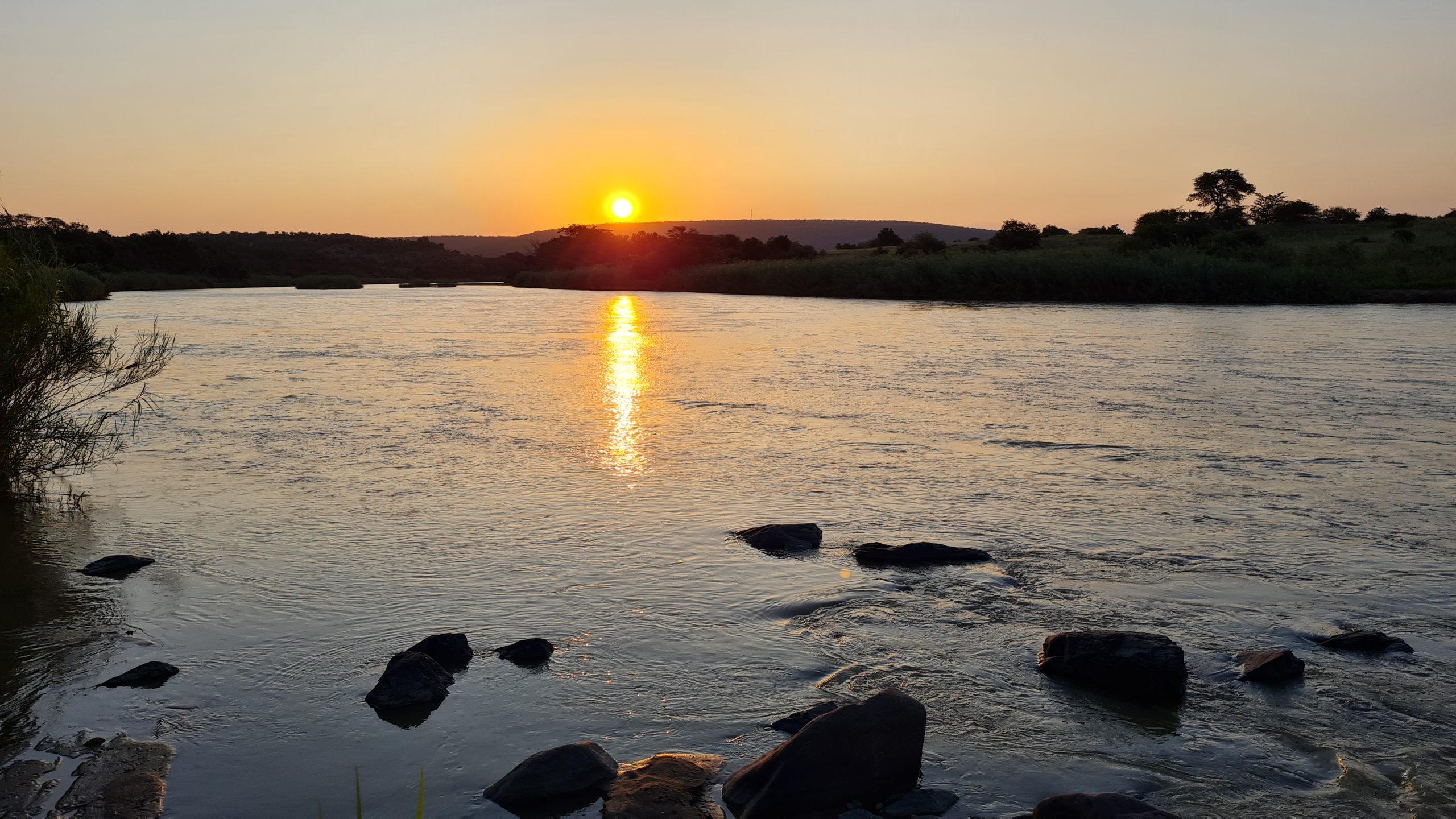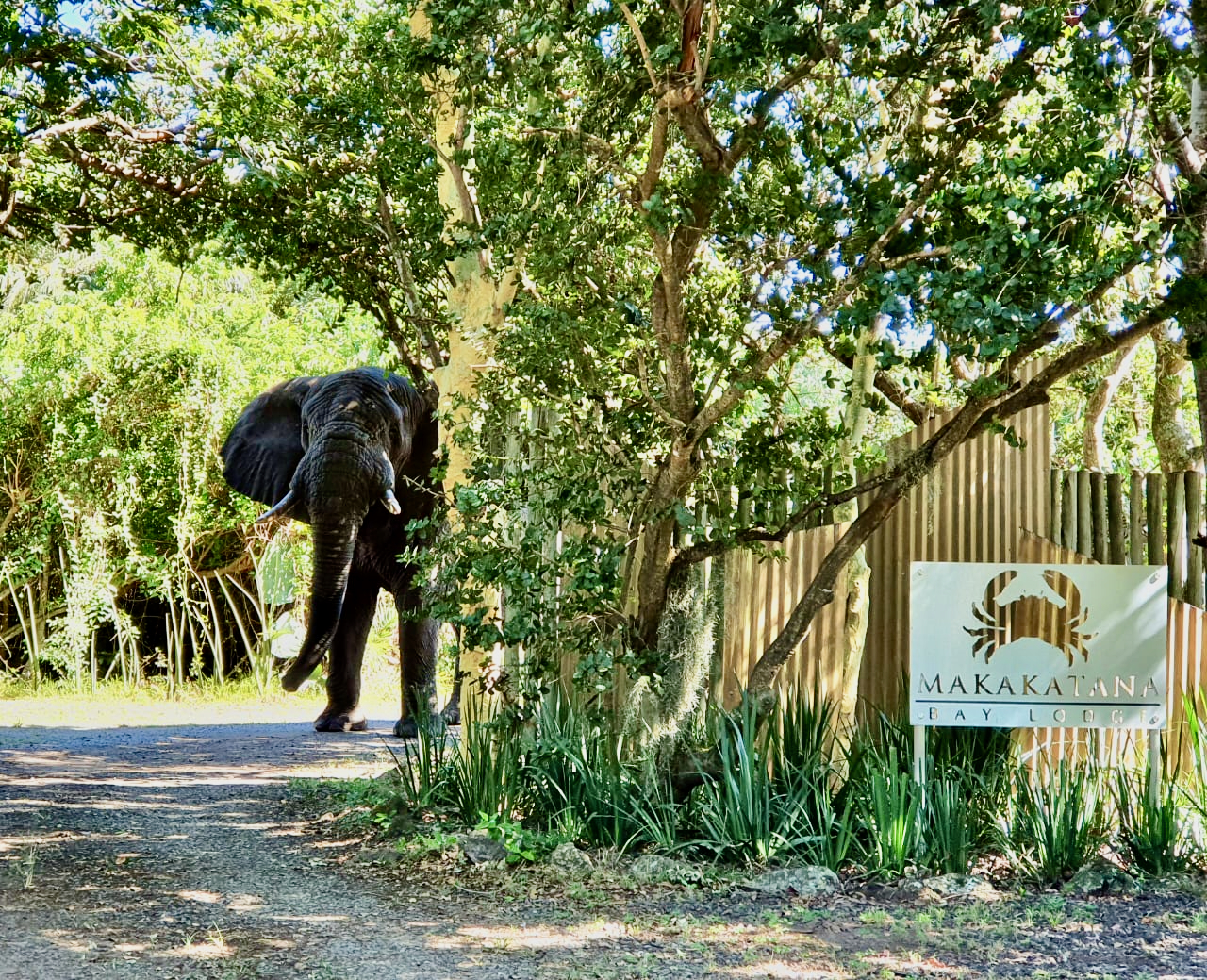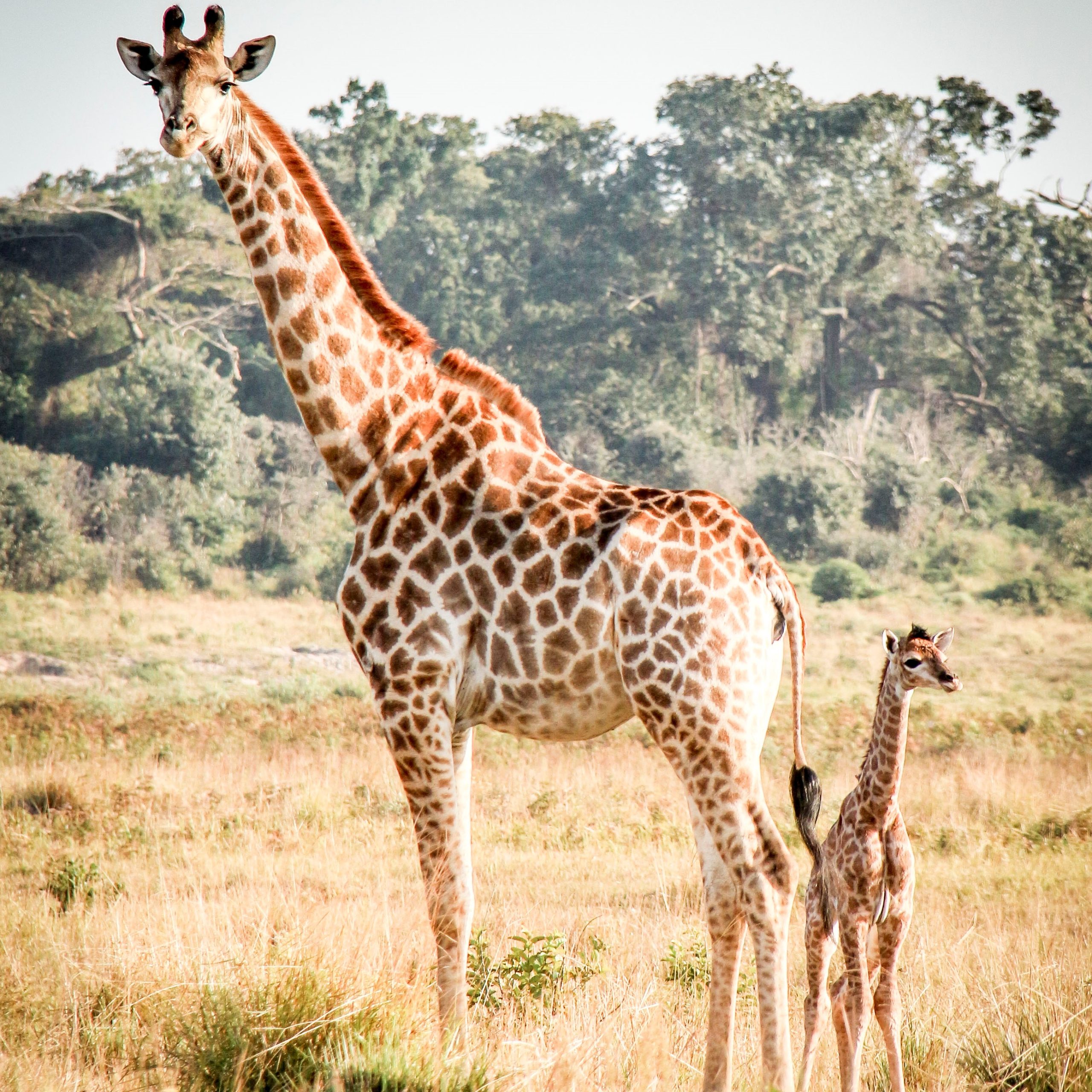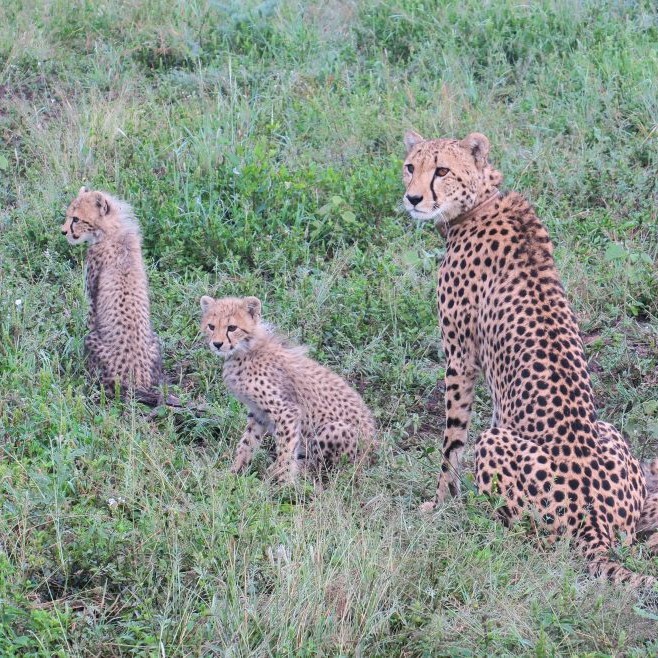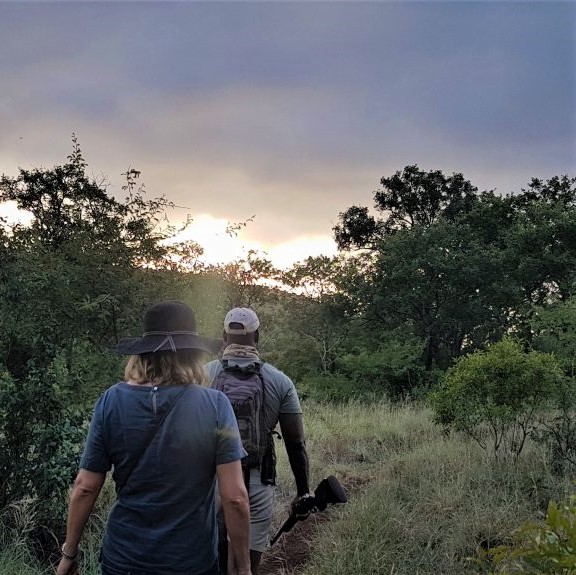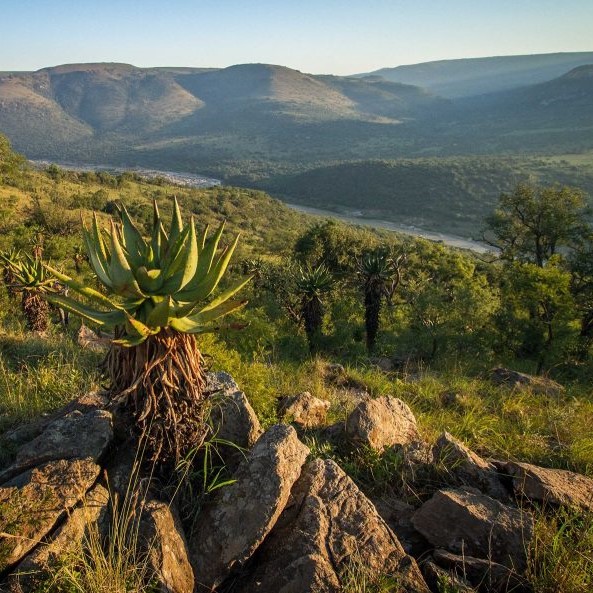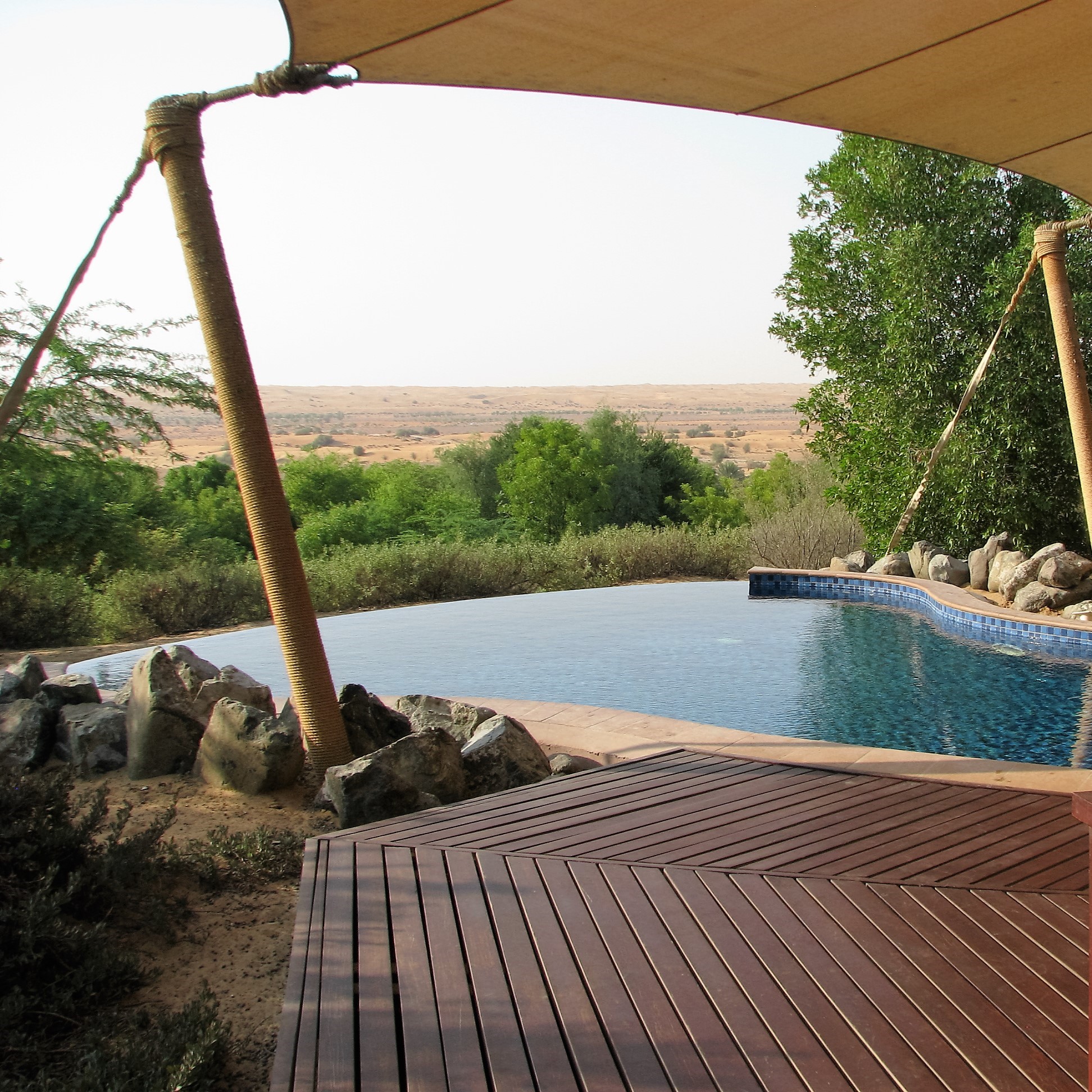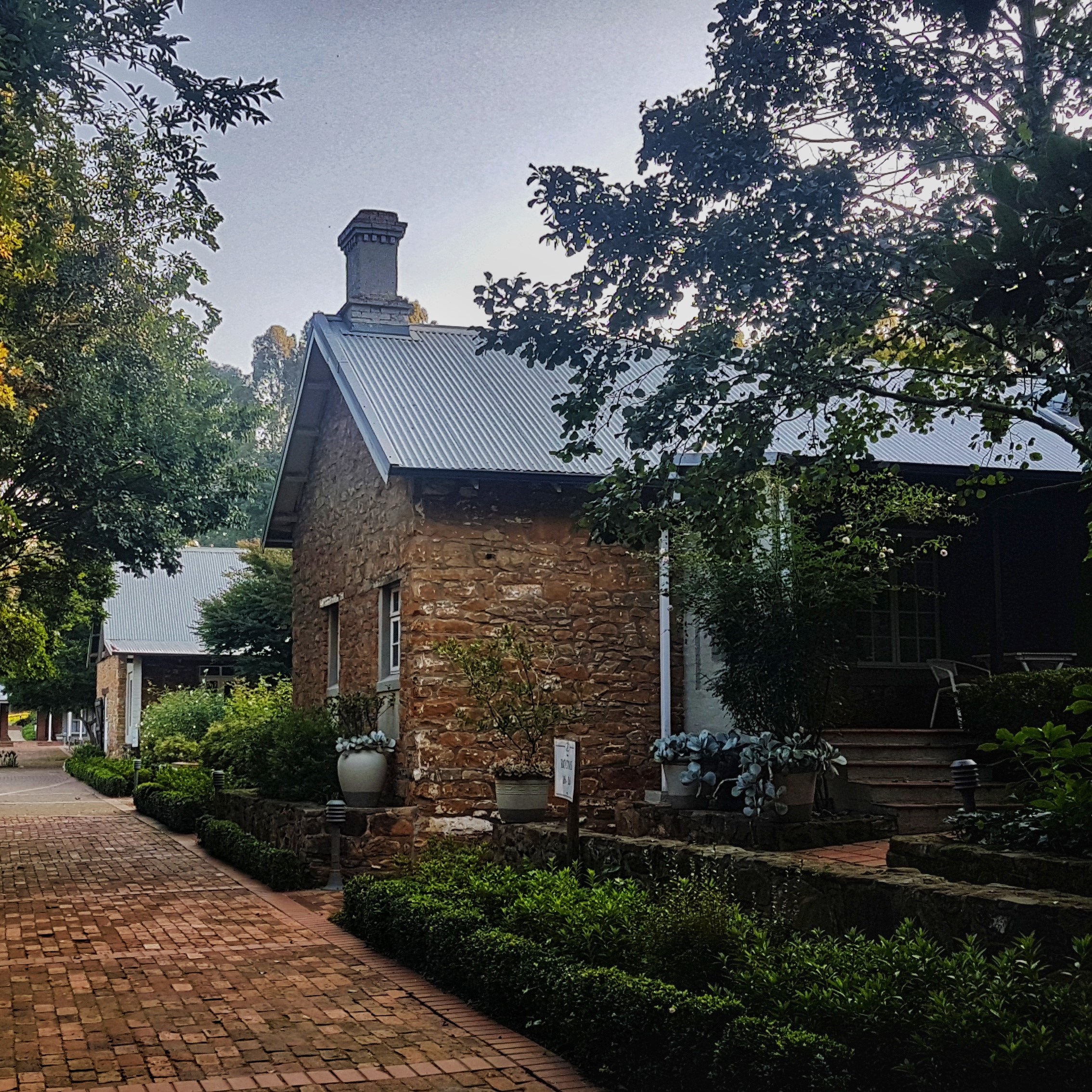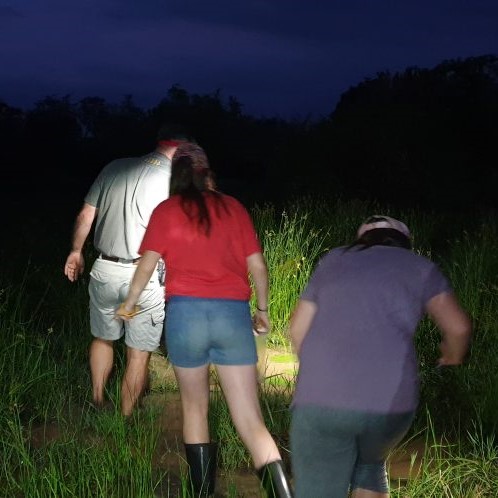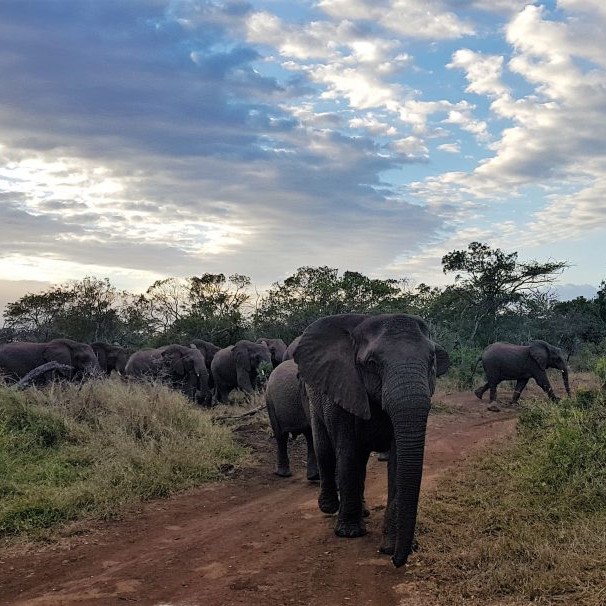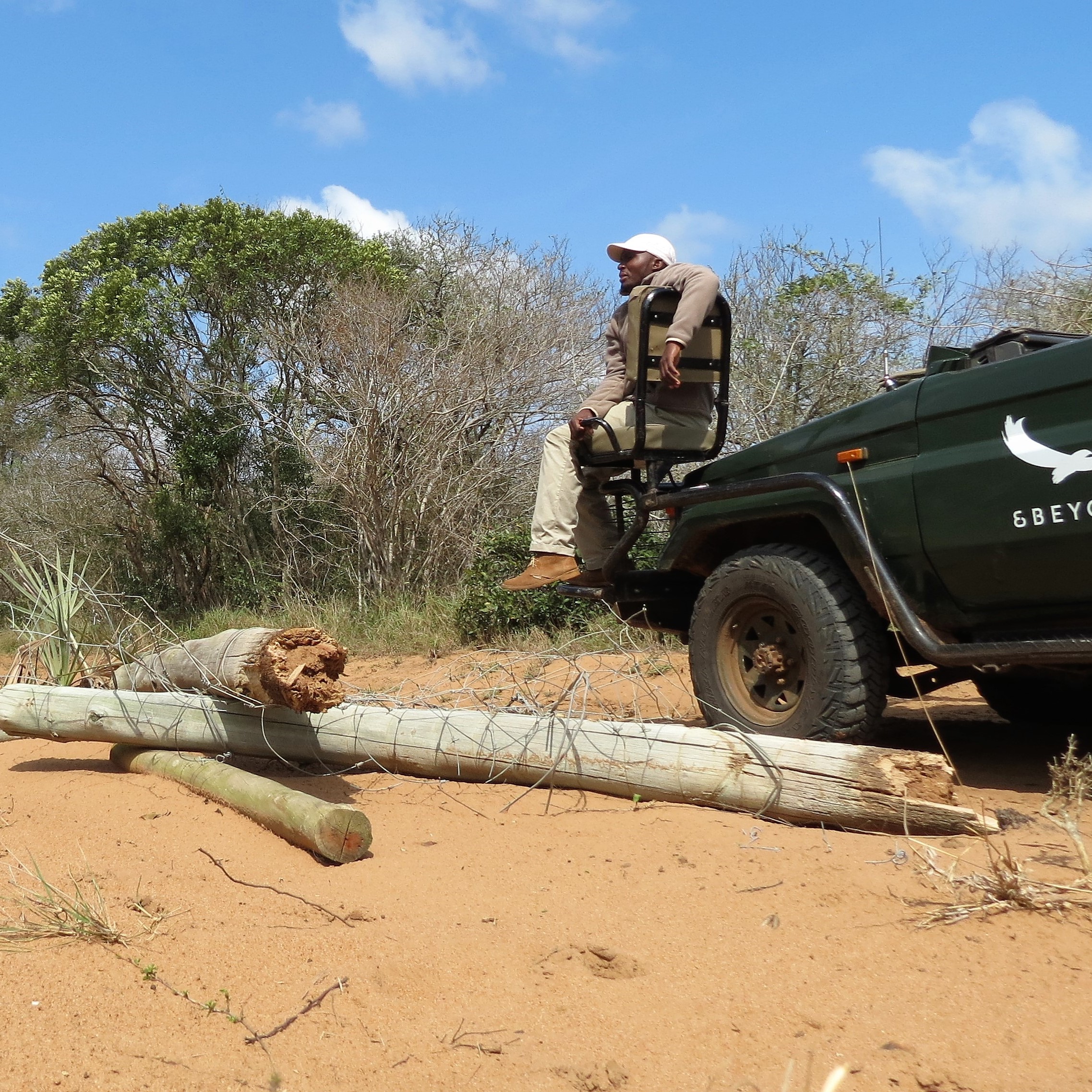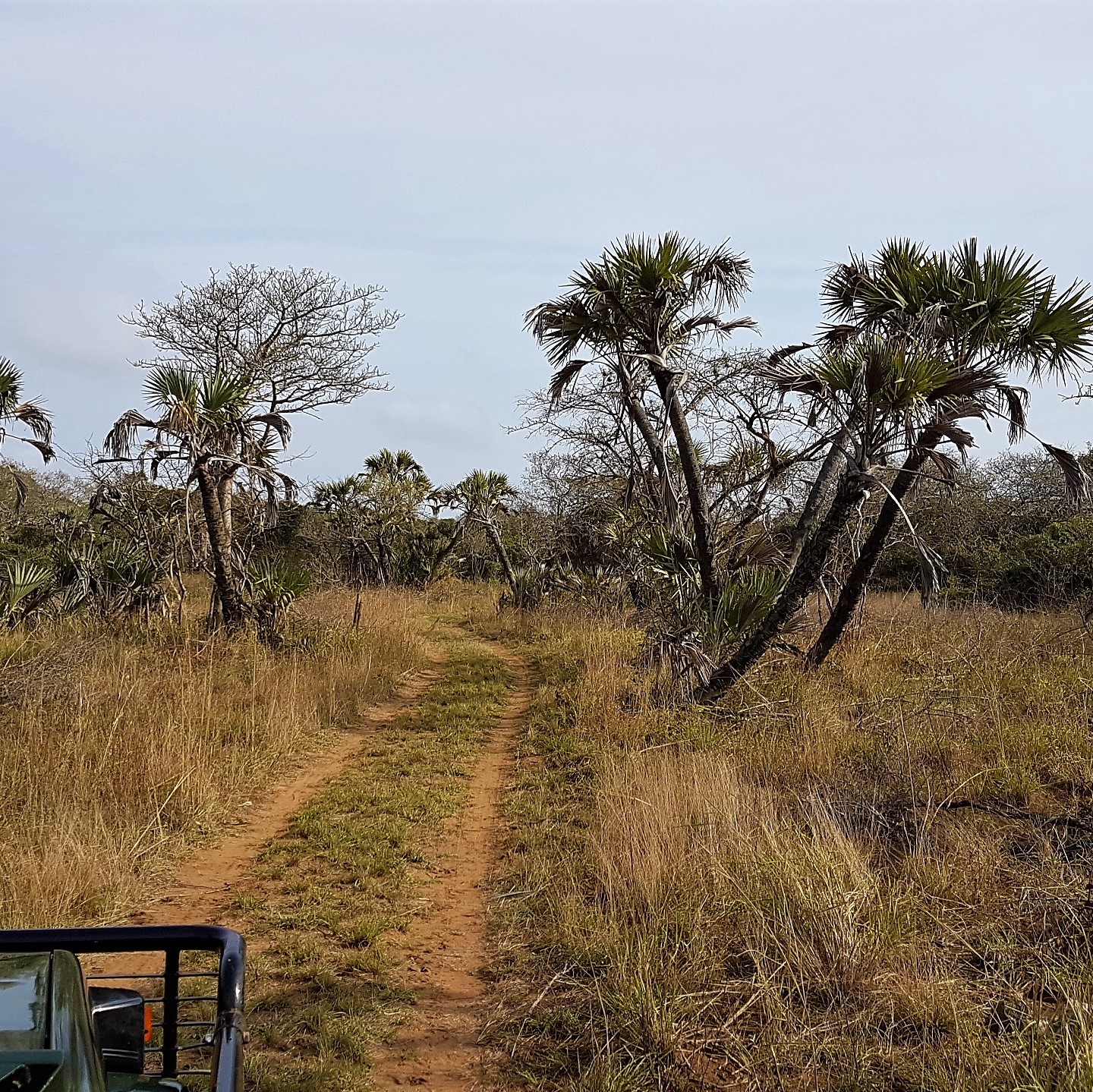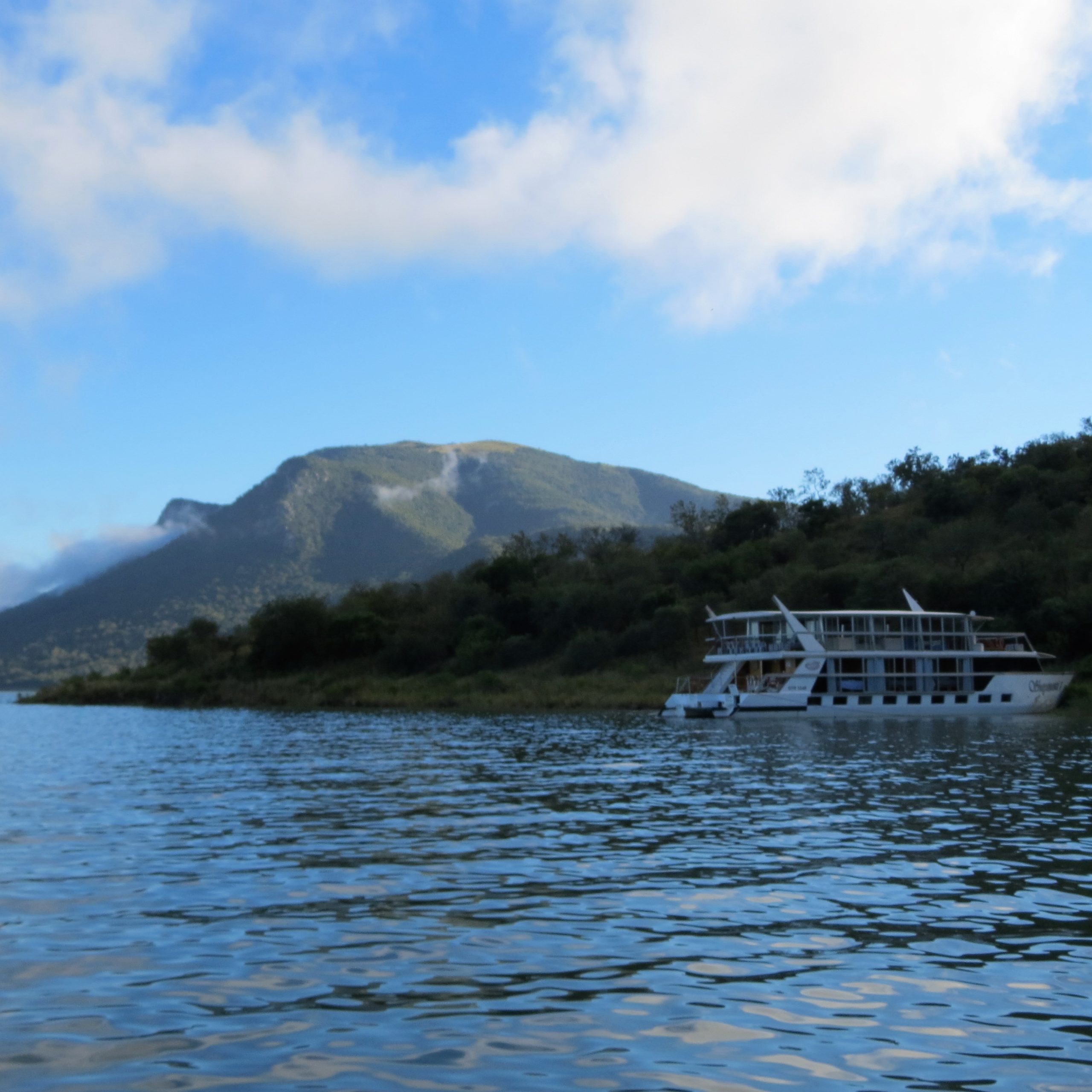 When thinking of having a dream, Brett and Paige Gehren come to mind… they dreamed of sharing their passion for protecting the pristine and precious natural wonders of Africa. Through their fierce commitment to conservation and a deep desire to make a difference, Isibindi Africa Lodges was born. We recently had the opportunity of experiencing two of these ‘pristine and precious natural wonders’ on KwaZulu-Natal’s Maputaland Coast… Thonga Beach Lodge and Kosi Forest Lodge.
When thinking of having a dream, Brett and Paige Gehren come to mind… they dreamed of sharing their passion for protecting the pristine and precious natural wonders of Africa. Through their fierce commitment to conservation and a deep desire to make a difference, Isibindi Africa Lodges was born. We recently had the opportunity of experiencing two of these ‘pristine and precious natural wonders’ on KwaZulu-Natal’s Maputaland Coast… Thonga Beach Lodge and Kosi Forest Lodge.
THONGA BEACH LODGE
White sandy roads and rolling hills soon gave way to coastal forest clad dunes and a view to behold. Edging slowly down a steep decline we were greeted with the phrase ‘A civilised distance from civilisation’ – and that it most certainly was. We had left Durban earlier that morning and even had time for a walk on the beach before lunch.
 Located within the iSimangaliso Wetland Park (declared South Africa’s first UNESCO heritage Site in 1992), Thonga Beach Lodge offers a quintessential luxury beach experience. The thatched eco-suites are set within the coastal dune forest, some with views of the ocean, others nestled in the forest… but all beautifully appointed and linked to the main areas by raised wooden walkways.
Located within the iSimangaliso Wetland Park (declared South Africa’s first UNESCO heritage Site in 1992), Thonga Beach Lodge offers a quintessential luxury beach experience. The thatched eco-suites are set within the coastal dune forest, some with views of the ocean, others nestled in the forest… but all beautifully appointed and linked to the main areas by raised wooden walkways.
A large coastal red milkwood (Mimusops caffra) casts shadows on the deck of the al fresco dining area, and a Samango monkey watches from a nearby bush. Water droplets slither lazily down the outside of my glass, the chill of my icy drink transforming the humidity of the day. A plate of fruit and cheese follow a deliciously creamy muscle soup and freshly baked bread.

 A visit to Thonga Beach Lodge encompasses so much more than just the beach though. It is where the secrets of the coastal forest become tales of wonder, woven with much skill by Thulani Ntuli our guide. We listen to bird calls and watch a family of sunbirds flit around in the canopy, and learn about the secretive life of the tube-web spider (Ariadna corticola), whose silk trap lines are set around its burrow in the gnarly growth on a tree. Once triggered this results in swift action, with the prey being seized and pulled back into the tube. We also learn that the fruit of the waterberry (Syzygium cordatum) are used traditionally to treat stomach and respiratory ailments and that the bark provides a red-brown dye for weaving material.
A visit to Thonga Beach Lodge encompasses so much more than just the beach though. It is where the secrets of the coastal forest become tales of wonder, woven with much skill by Thulani Ntuli our guide. We listen to bird calls and watch a family of sunbirds flit around in the canopy, and learn about the secretive life of the tube-web spider (Ariadna corticola), whose silk trap lines are set around its burrow in the gnarly growth on a tree. Once triggered this results in swift action, with the prey being seized and pulled back into the tube. We also learn that the fruit of the waterberry (Syzygium cordatum) are used traditionally to treat stomach and respiratory ailments and that the bark provides a red-brown dye for weaving material.
 And where a visit to the local community puts the reality of the Isibindi Africa ‘dream’ into perspective. Thulani is from the local Mabibi community, he is one of the 47 local people employed by the lodge – quite something in a community of just 1200. Later that afternoon he takes us on a tour through his community, we pass the day-care clinic – the only one for many kilometres, and the local Mabibi Primary School.
And where a visit to the local community puts the reality of the Isibindi Africa ‘dream’ into perspective. Thulani is from the local Mabibi community, he is one of the 47 local people employed by the lodge – quite something in a community of just 1200. Later that afternoon he takes us on a tour through his community, we pass the day-care clinic – the only one for many kilometres, and the local Mabibi Primary School.
 It’s beautifully clean and painted a cheerful blue and white and is where hopes and dreams are planted in the minds of young learners, from grade R (foundation phase) to grade seven. As part of their commitment to the local community, Thonga Beach Lodge established the Mabibi School Feeding Fund which feeds the children a lunch meal every school day. In addition to this the school is supported by generous gifts from guests, some financial and some through Pack for a Purpose. A recent donation saw the children benefiting from an assortment of new supplies – each child receiving an exam pad and hard cover book, and the grade seven pupils a maths set. This was facilitated by volunteer support teacher Pie Blight, with huge appreciation from class teachers and school principal, Mr Ngobese.
It’s beautifully clean and painted a cheerful blue and white and is where hopes and dreams are planted in the minds of young learners, from grade R (foundation phase) to grade seven. As part of their commitment to the local community, Thonga Beach Lodge established the Mabibi School Feeding Fund which feeds the children a lunch meal every school day. In addition to this the school is supported by generous gifts from guests, some financial and some through Pack for a Purpose. A recent donation saw the children benefiting from an assortment of new supplies – each child receiving an exam pad and hard cover book, and the grade seven pupils a maths set. This was facilitated by volunteer support teacher Pie Blight, with huge appreciation from class teachers and school principal, Mr Ngobese.
Our drive culminates with sundowners under a moody sky alongside Lake Sibaya. This, South Africa’s largest freshwater lake, is listed as a RAMSAR Wetland of International Importance, which is not surprising considering the wealth of birdlife to be found here. A total of 279 bird species have been recorded at Lake Sibaya, 62 of which are closely associated with the lake through their breeding, feeding or roosting habits. It is also home to KZN’s second largest population of crocodile and hippo… I listen to them grunt in the distance while sipping a chilled G&T and nibbling on roasted corn kernels.
 Later that evening we head out for a turtle walk along the beach. It is late in the season so we’re not overly optimistic that we’ll find any hatchlings. The air is fresh and lightning streaks the sky in the distance. Thulani explains how the adult turtles return to almost the same spot where they were hatched to lay their eggs. This occurs between mid-November and January, with the subsequent hatching occurring between January and mid-March… this unfortunately is a sight that will have to wait for another time.
Later that evening we head out for a turtle walk along the beach. It is late in the season so we’re not overly optimistic that we’ll find any hatchlings. The air is fresh and lightning streaks the sky in the distance. Thulani explains how the adult turtles return to almost the same spot where they were hatched to lay their eggs. This occurs between mid-November and January, with the subsequent hatching occurring between January and mid-March… this unfortunately is a sight that will have to wait for another time.
Follow on to Kosi Forest Lodge…
Read the full article in the digital mag HERE






